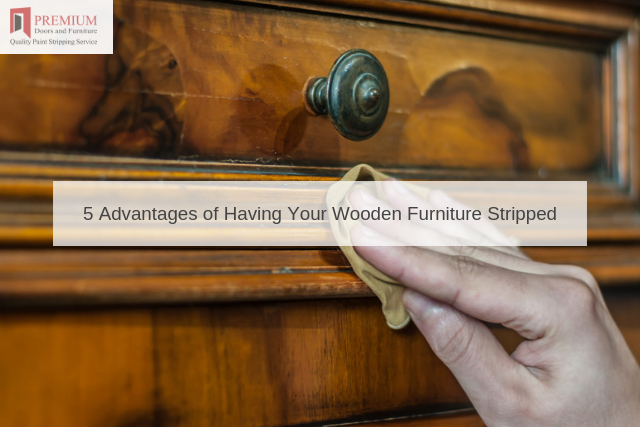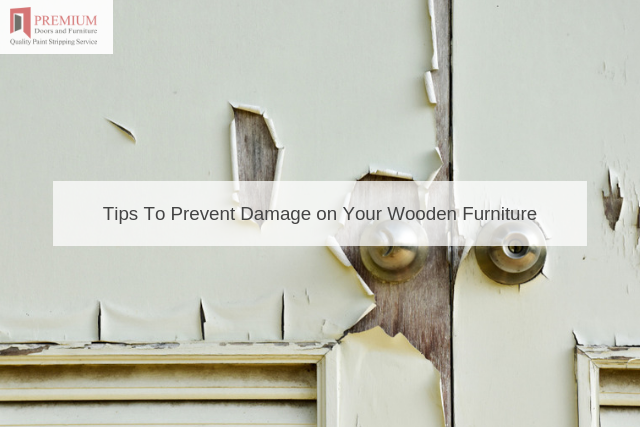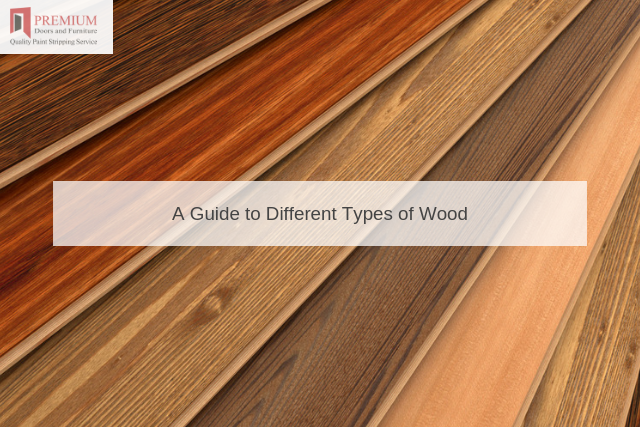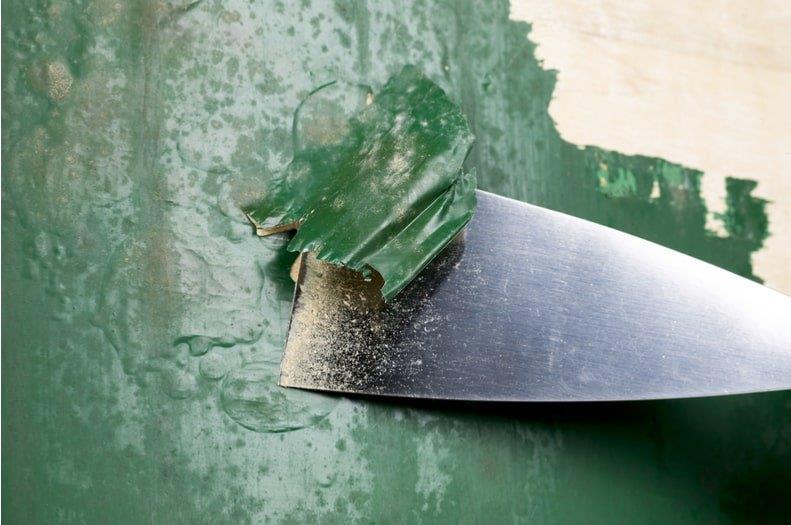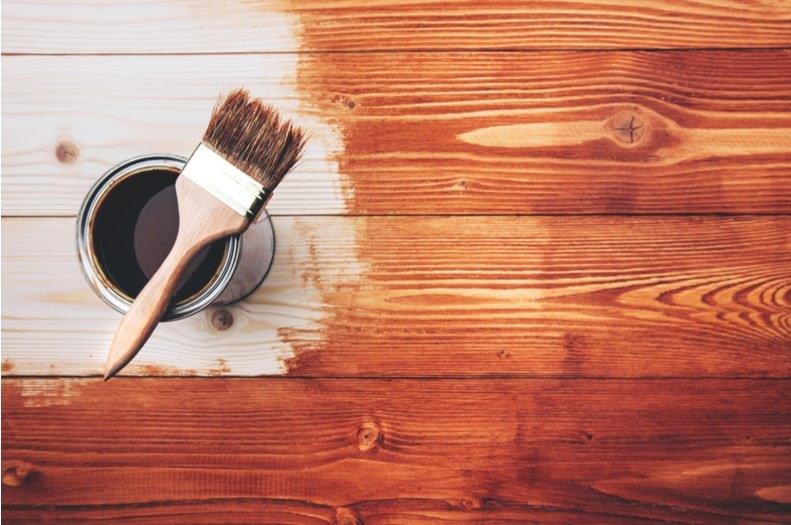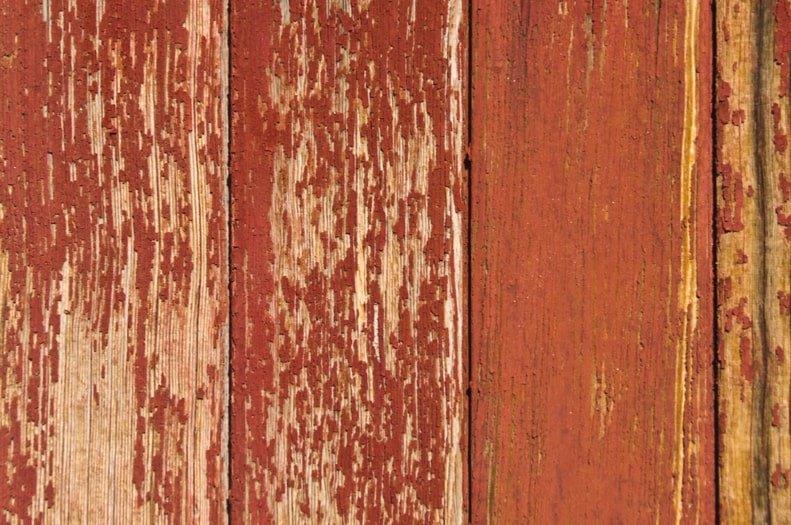Wooden furniture, appreciated for its natural allure, is particularly susceptible to mould growth. This menace, more common in damp environments, can weaken the integrity of your favourite pieces over time.
If left unchecked, it can result in irreversible damage. Being equipped with the right knowledge about mould removal techniques is crucial. But what expert insights can we turn to for guidance?
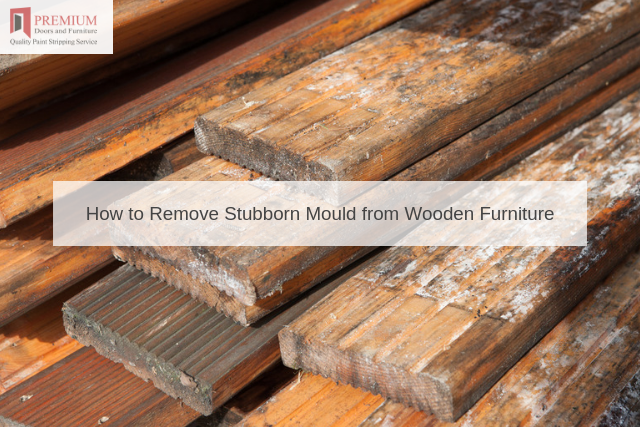
Preparing for Mould Removal
Mould removal is a task that needs to be approached with care. Donning gloves and a face mask is crucial to protect yourself from health issues caused by mould spores. Certain mould types can cause respiratory problems, skin irritation, and allergies. Therefore, personal protective equipment is non-negotiable.
Cleaning outdoors, or in a well-ventilated area, can prevent the dissemination of mould spores, stopping them from infecting other furniture items in your home. Additionally, given that several cleaning agents, including bleach, can release toxic fumes, cleaning in an open space ensures good ventilation and reduces the risk of inhaling these harmful substances.
It’s worth noting that established companies offering professional door stripping services in Southampton and other places follow these safety measures. Following their expert lead can protect you and your furniture during the cleaning process.
The Cleaning Procedure
Mould removal from wooden furniture can often be tackled at home using everyday items. Here is a simple, step-by-step guide to help you through the process.
Step 1: Identify and Assess the Mould
Start by identifying the mould-affected areas. Evaluate the severity of the mould growth. If it’s mild to moderate, you can handle it yourself. However, for more serious infestations, consider enlisting professional help.
Step 2: Prepare Your Cleaning Solutions
Prepare two cleaning solutions. For milder infestations, mix a simple solution of warm water and a mild detergent. For more stubborn mould, prepare a vinegar solution by filling a spray bottle with white vinegar.
Step 3: Prepare for Cleaning
Don your gloves and mask. Ensure your workspace is well-ventilated, preferably outdoors, to avoid mould spores spreading indoors and to ensure you are not inhaling potentially harmful fumes from the cleaning agents.
Step 4: Start with the Mild Solution
Start by applying the warm water and detergent solution to the mould-affected areas with a scrubbing brush. Scrub gently to avoid scratching the wood. Wipe the area with a clean, damp cloth to remove the mould and cleaning solution.
Step 5: Use the Vinegar Solution if Necessary
If the mould proves stubborn, spray the vinegar solution onto the affected areas. Let it sit for an hour. Then, wipe the area with a clean, damp cloth.
Step 6: Tackle Stubborn Mould
For extremely stubborn mould, prepare a stronger solution:
1.2 litres of water
591 millilitres of bleach
59 millilitres of detergent
Apply this solution with a scrubbing brush. Scrub gently to avoid damaging the wood’s surface and finish. Avoid getting this solution on coloured fabrics or surfaces that might be bleached or discoloured.
Step 7: Rinse and Dry
After treating your furniture, rinse the area thoroughly with clean water to ensure no residual cleaning agent is left. Pat the area dry with a clean towel and then let the furniture dry completely in an airy, warm area.
Step 8: Check for Remaining Mould
After the furniture is completely dry, check for any remaining mould. If you still notice mould, repeat the cleaning process.
When to Enlist Professional Help
While the methods described can be effective for mild to moderate mould infestations, there are situations where professional help becomes necessary. If you’re unsure of the right cleaning process, worried about potential damage to antique wood, or dealing with a severe mould problem, seeking professional help is advisable.
Companies like Premium Door Stripping offer expert services, employing teams with specialised knowledge in dealing with mould on wooden furniture. They provide targeted solutions, use professional-grade tools and solutions, and are trained to handle and preserve a wide range of wood types, including antique ones. With their help, you can ensure your cherished wooden furniture pieces are effectively saved from the damaging effects of mould.




